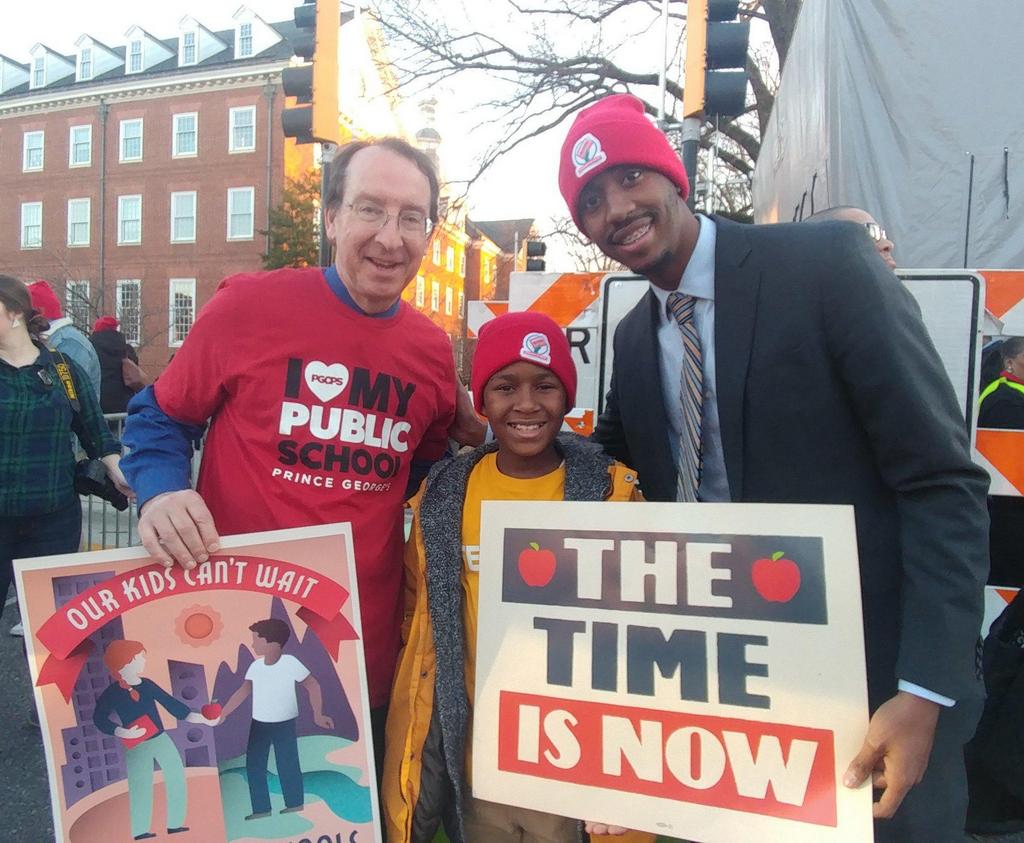[ad_1]
By Micha Green, AFRO Washington, D.C. Editor, [email protected]
Maryland leaders, teachers, parents and students rallied in Annapolis to advocate for adequate funding for schools and to ensure that all students in each district have access to proper education and tools necessary for learning at the March for Our Schools on March 11.
According to the March for Our Schools website, Maryland public schools are underfunded by $2.9 billion annually, which averages to about $2 million per institution.

“Our kids can’t wait. Students, educators, and schools deserve better. So on March 11 we’re marching to make sure that every student in every neighborhood has a great public school and an equal opportunity for success,” the March for Our Schools website explained.
Some of the more specific issues that marchers hope to address from taking action include: “Better pay for educators. More school staff, including counselors and psychologists. Universal pre-kindergarten and expanded career technical education. Adequate and equitable funding for all of our schools,” March for Our Schools wrote.
According to NBC4 News, many leading Democrats are asking for $1 billion in the state budget over the next two years, with much of the money being allotted for Prince George’s County Public Schools (PGCPS).
There were several leaders, students, parents and teachers participating from Prince George’s County.
Parkdale High School’s publication, Parkdale Paw Print, tweeted a video of representatives from the school chanting, “We want funding.”
Andrea Chavez, a student at Oxon Hill Middle School spoke at the rally and was featured on NBC4 News.
“The number of the students receiving special education services has only increased noticeably. We need to increase funding supporting these students, because right now, it’s not enough,” Chavez said during the rally.
Prince George’s County School Board Chair Dr. Alvin Thornton spoke specifically about equal funding when interviewed on ABC7 News about the March for Our Schools.
“Our children are a result of where the mail is sent,” Thornton said. “Those in low-income communities are around inexpensive, less valuable property- receive one level of education. Those on the other end of it receive better education. You don’t get equal citizenship under that. Democracy is undermined. If we fund equally across the board, we get good citizens.”
[ad_2]
Source link
